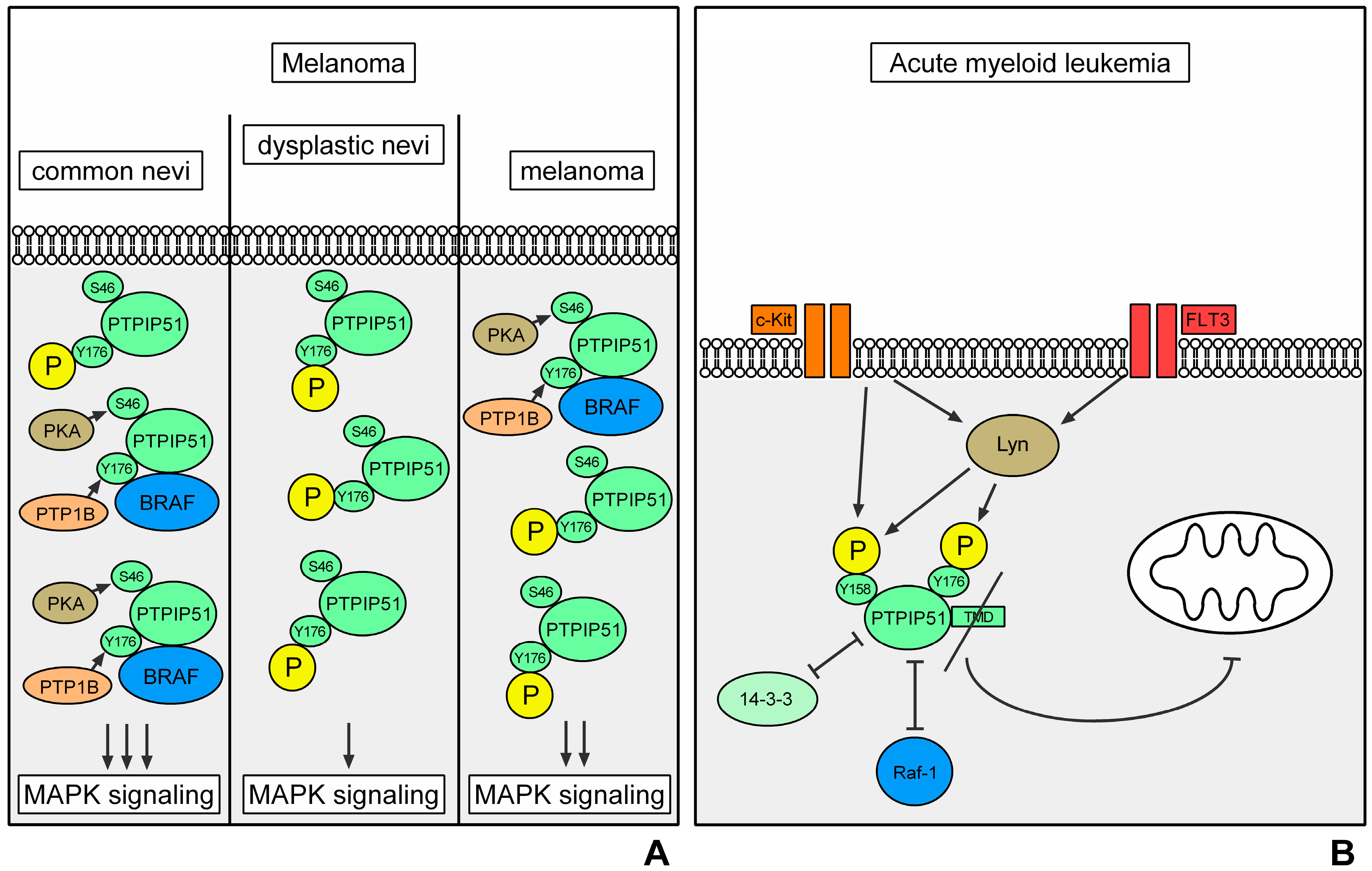

To date, examination of interactions between Drp1 and Mff have been complicated by the inherent flexibility of Mff 9, the heterogeneity of Drp1 polymers 2,10, and the difficulty in purifying and reconstituting full-length Mff with an intact transmembrane domain 11. Overall, this novel assay revealed fundamental interactions guiding assembly of the mitochondrial fission complex and provided a new stage for ongoing structural and functional studies of this essential molecular machine. The method described in this manuscript was able to overcome previous shortcomings by introducing simultaneous lipid interactions that promote Drp1-Mff interactions. Nevertheless, genetic studies have clearly demonstrated that Mff is essential for successful mitochondrial fission 7,8. The role of one such protein, Mitochondrial Fission Factor (Mff), has been difficult to elucidate due to an apparent weak interaction with Drp1 in vitro. This large, cytosolic GTPase is recruited to the surface of mitochondria through interactions with integral OMM proteins 4 - 8. During mitochondrial fission, a conserved membrane remodeling protein, called Dynamin-related protein 1 (Drp1) 3, is recruited to the surface of the Outer Mitochondrial Membrane (OMM) in response to cellular signals that regulate energy homeostasis, apoptotic signaling, and several other integral mitochondrial processes. We have effectively applied this method to investigate the critical protein-protein interactions that govern assembly of the mitochondrial fission complex and examine lipid interactions that modulate this process 2. Using these scaffolds, lipid-proximal protein interactions can be investigated over a range of lipid and protein compositions. In order to avoid these issues, we have employed a strategy whereby soluble domains of integral membrane proteins are expressed as His-tag fusion proteins, and these soluble fragments are anchored to scaffold liposomes via interactions with NTA(Ni 2+) headgroups at the lipid surface. This is due to the necessity of detergent solubilization and the inconsistent orientation of proteins in proteoliposomes. Studying membrane-proximal protein-protein interactions is a challenging endeavor due to difficulty in recapitulating the native environment of the integral membrane proteins involved 1. This example demonstrates the effectiveness of scaffold liposomes using structural and functional assays and highlights the role of Mff in regulating Drp1 activity. Moreover, Drp1 was able to tubulate the Mff-decorated lipid template in the presence of specific lipids. In this work, we have demonstrated the ability of Mff to efficiently recruit soluble Drp1 to the surface of liposomes, which stimulated its GTPase activity. An example is presented wherein the interaction between Dynamin-related protein 1 (Drp1) with an integral membrane protein, Mitochondrial Fission Factor (Mff), was investigated using this scaffold liposome method. This tether interacts with an anchoring group (Ni 2+ coordinated by nitrilotriacetic acid (NTA(Ni 2+)) for His-tagged proteins), which enforces a uniform protein topology at the surface of the liposome. Protein solubility is enhanced by deletion of the transmembrane domain, and these amino acids are replaced with a tethering moiety, such as a His-tag. This paper offers an alternative method to these challenging techniques that utilizes a liposome-based scaffold. Further complicating these studies, reincorporation of detergent-solubilized membrane proteins into liposomes is a stochastic process where protein topology is impossible to enforce.

Studies of integral membrane proteins in vitro are frequently complicated by the presence of a hydrophobic transmembrane domain.


 0 kommentar(er)
0 kommentar(er)
